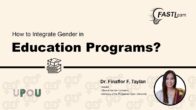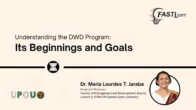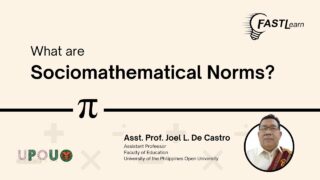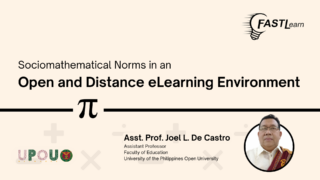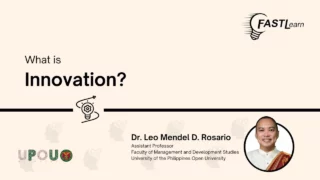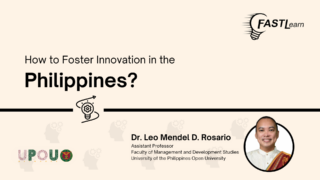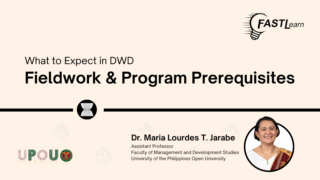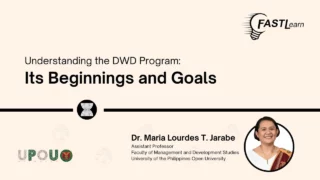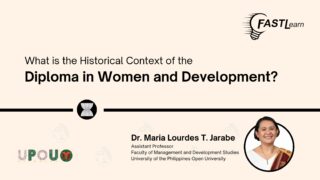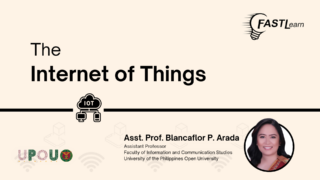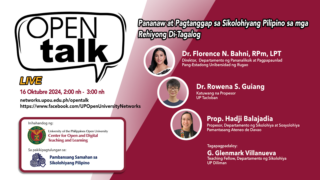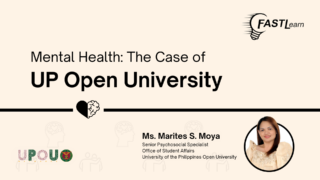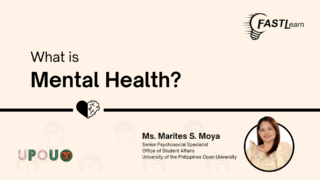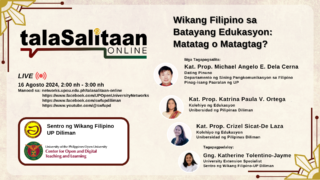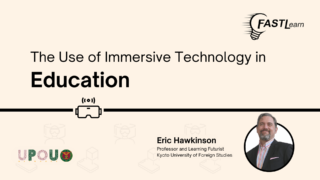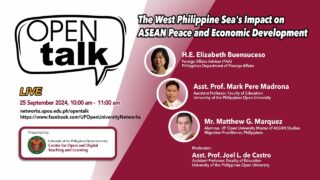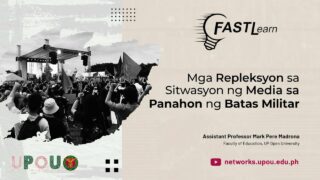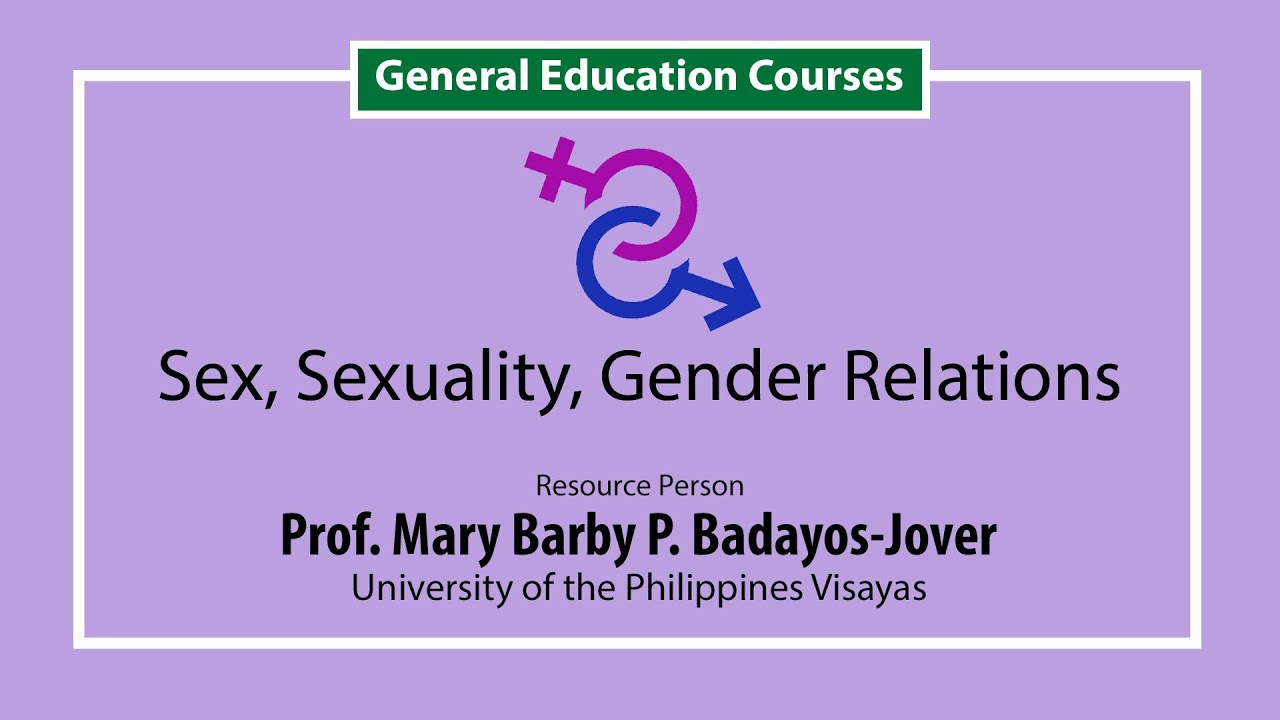How do we integrate gender in the education sector?
Sa DepEd, because they are part of the national government or even sa CHED, sa higher education naman because they’re part of the government. As part of our law kasi all government instrumentalities, kahit GOCCs, they ought to comply with all the laws regarding gender, lalo na yung pag-develop at pag-submit ng gender and development plan and budget every year, and of course our GAD Accomplishment Report.
Natutuwa tayo kasi marami sa mga pagkakataon na nai-invite rin tayo ng mga partner institutions natin. They’re not just inviting us or doing activities na out of compliance. Maraming pagkakataon naka programa na talaga siya year in, year out, na mga activities natin in relation sa gender. Nagsisimula sa gender sensitivity training of all their employees for example, even their student leaders, even the parents. Minsan naeextend pa yung pagpaparticipate sa mga gender sensitivity trainings and other activities, even sa parents, kahit sa community partners pa like barangay, so isa yon.
Marami pang mga programa sila na hindi lang natatapos sa gender sensitivity training na every year na lang nangyayari kasi syempre importante na ang ating capacity building ay progressive, meaning basic and then mag-a-advance tayo. So marami tayong kapartner institutions that they are doing that, mula sa gender sensitivity training year in year out, especially if may bagong employee; naeexpand ito sa paggamit ng gender fair language. How do we integrate gender fair language? For example, in our handbooks, in our modules, in our books, in choosing books. Very important yon. That’s one major concern actually in education sector. Ano ba yung laman ng mga libro natin? How are they phrased? Kasi marami pa rin tayong nakikita.
Bilang ina ako ng mga batang nag-aaral din, both at the basic education and high school, may mga nakikita pa rin tayong mga libro or any educational material na nandun pa rin yung stereotypes. Ang nanay ang ganito, ang tatay ay ganito ang trabaho. Napaka dalang pero napaka novel. Pinipicturan ko talaga every time may nakikita ako mga libro na nagpapakita ng si tatay ay ganito, si nanay ay ganyan. Pero pwede rin nilang gawin ito. Nagtutulungan sila sa ganitong mga gawain. Yung ganun klase at ang pamilya ay walang mga sinasabing ilaw ng tahanan, haligi ng tahanan.
Ito yung binabanggit natin na very crucial kasi kahit very basic kasi dun siya nagiistem yung mga stereotypes natin. Doon nagiistem sa mga maliliit na ganitong bagay. Akala natin wala silang o harmless sila pero nageexpand kasi sila. Tapos meron din tayong mga kapartner organizations sa DepEd and CHED ng mga schools ng higher education na nagiistem pa or nageexpand pa yung kanilang mga programs.
Tinitingnan ang syllabus o module at kung saan dito part kaya na pwede pang mas ma-expand, maintegrate ang gender. Pero kahit marami nang ganyan na mga operationalization or integration, we still hope na marami pang mangyayari na pagbabago kasi we still have lots of things to do. Minsan kasi marami tayong steps forward pero marami na yung steps back.
So we just have to make sure that our actions are being sustained and that we are really hoping for, yon nga, ma-achieve natin yung goals naman na gender equality, free from violence, and women’s empowerment na society through our education sector.

